Wondering how to get pregnant? It’s not as simple as it seems! Pregnancy takes several days, and there are lots of steps. Here are the basics of how pregnancy works. To learn more about pregnancy, visit https://www.plannedparenthood.org/learn/pregnancy/how-pregnancy-happens Transcript: Pregnancy is a pretty amazing process — it all starts with sperm and an egg. Sperm are tiny, microscopic cells that are made in testicles. Sperm cells mix with other fluids to make semen, which spurts out of your penis when you ejaculate. Eggs live in ovaries, and the hormones that control your menstrual cycle cause eggs to mature every month. These hormones also make the lining of your uterus thick and spongy, to prepare for a possible pregnancy. Every month, one mature egg leaves your ovary — this is called ovulation. That egg travels through your fallopian tube, which takes about 12-24 hours. If semen gets into your vagina, sperm can swim up through your cervix, uterus, and fallopian tubes, searching for an egg. Sperm cells can live in your body for up to 6 days waiting for an egg to show up. Millions of sperm come out during each ejaculation — but it only takes 1 sperm to meet with an egg, which can lead to pregnancy. When a sperm cell joins with an egg, it’s called fertilization. After that happens, the fertilized egg begins to divide into more and more cells and moves towards your uterus. The ball of cells gets to your uterus about 3–4 days after fertilization, where it can float around for another few days. If the ball of cells attaches to the spongy uterine lining, pregnancy officially begins — this is called implantation. It usually takes around 3-4 days to finish implanting. Up to half of all fertilized eggs naturally don’t implant — they pass out of your body during your period. When the ball of cells implants into your uterine lining, your body starts making pregnancy hormones. These hormones keep your uterine lining in place so it can nourish the pregnancy — that’s why you don’t get your period when you’re pregnant. But if sperm and egg don’t meet up, or a fertilized egg doesn’t implant into your uterus, the lining isn’t needed, and it flows out of your vagina. That’s your period. So it actually takes a lot of steps for pregnancy to happen, and up to 2-3 weeks.
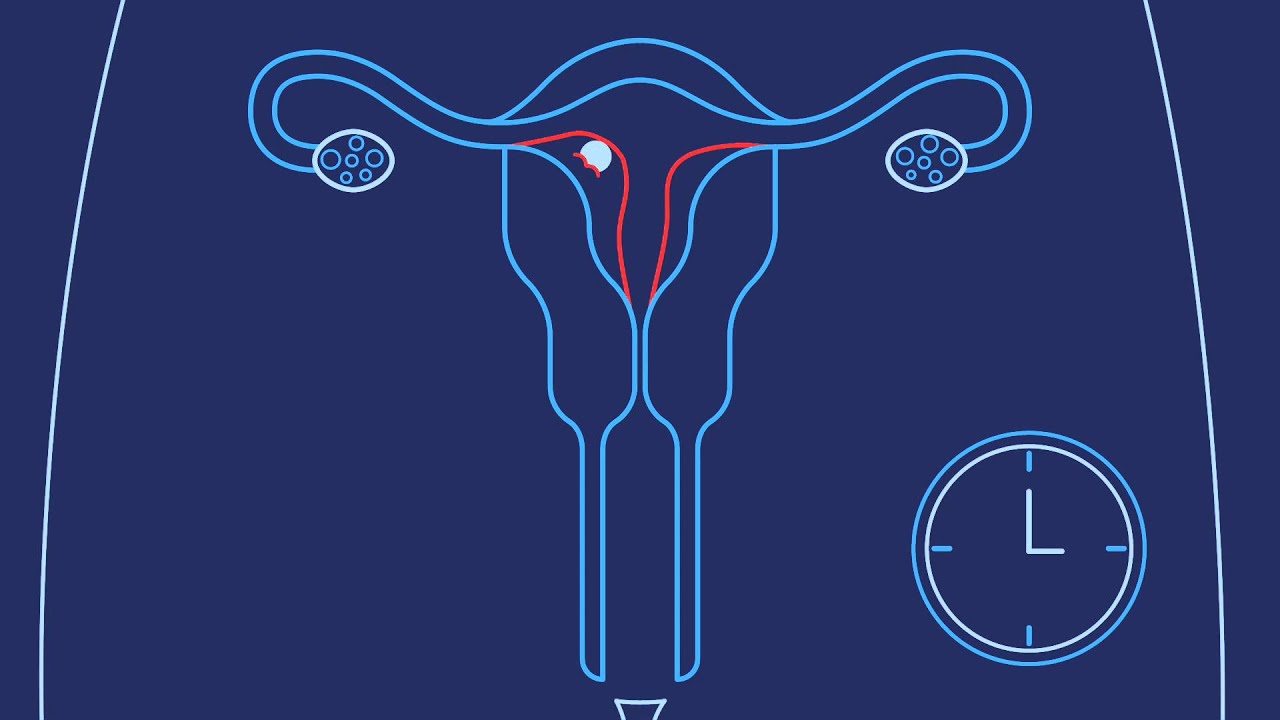
How Do You Get Pregnant? | Planned Parenthood Video
- Post author:
- Post published:May 5, 2021
- Post comments:0 Comments
You Might Also Like

3 Yoga Pose for Hypotension / Low Blood Pressure | कम रक्त दबाव | குறைந்த இரத்த அழுத்தம்

Tuberculosis, Eating right to Guard against Tuberculosis, Dr Mrinal Bhargava

glutamine supplement | glutamine benefits in | hindi india | glutamine powder | l-glutamine powder
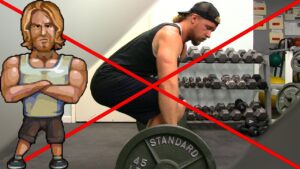
Deadlifts – 5 Most Common Deadlift Mistakes

After Workout Yoga ♥ Best Stretches For Sore Muscles
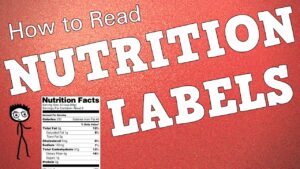
How to Read Nutrition Facts | Food Labels Made Easy

Antihypertensives: Heart Failure pharmacology
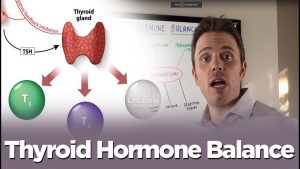
Free Thyroid Hormone Balance Series

Hyperextension With ball-5

Anabolic Steroids – History, Definition, Use & Abuse Video – 38

What level of creatinine indicates kidney failure ?

Incline Chest Press Machine – Develop Fuller Upper Pecs
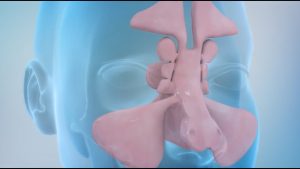
Sinusitis and Sinus Surgery Explained (Balloon Sinuplasty and Endoscopic Sinus Surgery)

Pip Progressive Muscle Relaxation
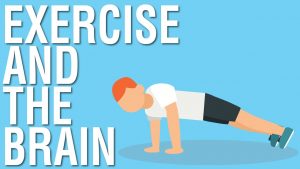
EXERCISE AND THE BRAIN – SPARK BY JOHN RATEY ANIMATED BOOK SUMMARY

Human Body Facts : Endocrine System | Human Body Parts and Functions | Human Anatomy 3d

RELIEVE SINUSITIS INFECTION ? In 20 Seconds With This Simple Method AT HOME!!

Thyroid Hormone 1 – Control

how to make whey protein hindi/whey protein kese bnay/how to make protein powder at home hindi
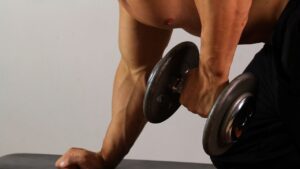
One Arm Row Dumbbell-10

The difficult journey of the sperm | Signs
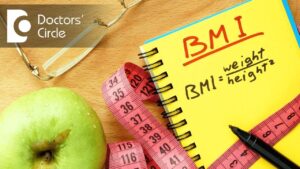
What is BMI & its importance? – Dr. Nanda Rajaneesh
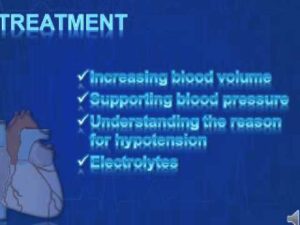
Hypotension Treatment and causes

Potassium, Muscle Strength, and Exercise Endurance

One Hand Triceps Extension-7

Supplement Spotlight Silymarin

Abscesses – causes, symptoms, diagnosis, treatment, pathology

5 Minute Butt and Thigh Workout for a Bigger Butt – Exercises to Lift and Tone Your Butt and Thighs

Should I use Minoxidil / Rogaine for my hair loss? | #AskNatureCrazyShow – Episode 4
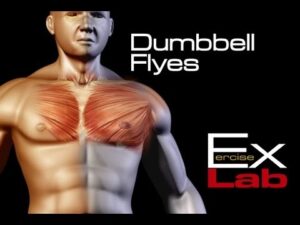
Flat Bench Fly-4

Cialis & Erectile Dysfunction | Erection Problems

The side-effects of vitamin and mineral suppliments tablets
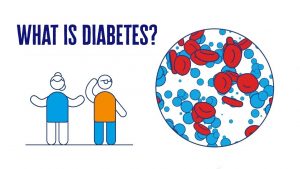
What Is Diabetes? | 2 Minute Guide | Diabetes UK
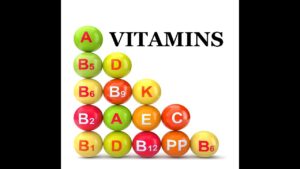
What are Vitamins ? | About Vitamin by Sajjad Khan

Gynecomastia Surgery at Getwell Medical Center, Dubai
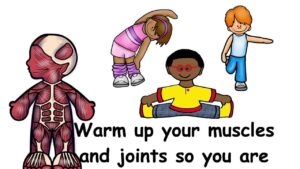
Fitness Component of Flexibility

Latissimus Dorsi Bent Over Row-6

What is a CT Coronary Angiogram?

What should I eat after a workout – POST EXERCISE NUTRITION – BeerBiceps Diet
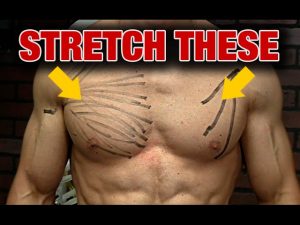
How to Stretch Your Chest (AND HOW NOT TO!)

What is Diarrhoea? Causes, Signs and Symptoms, Diagnosis and Treatment.

